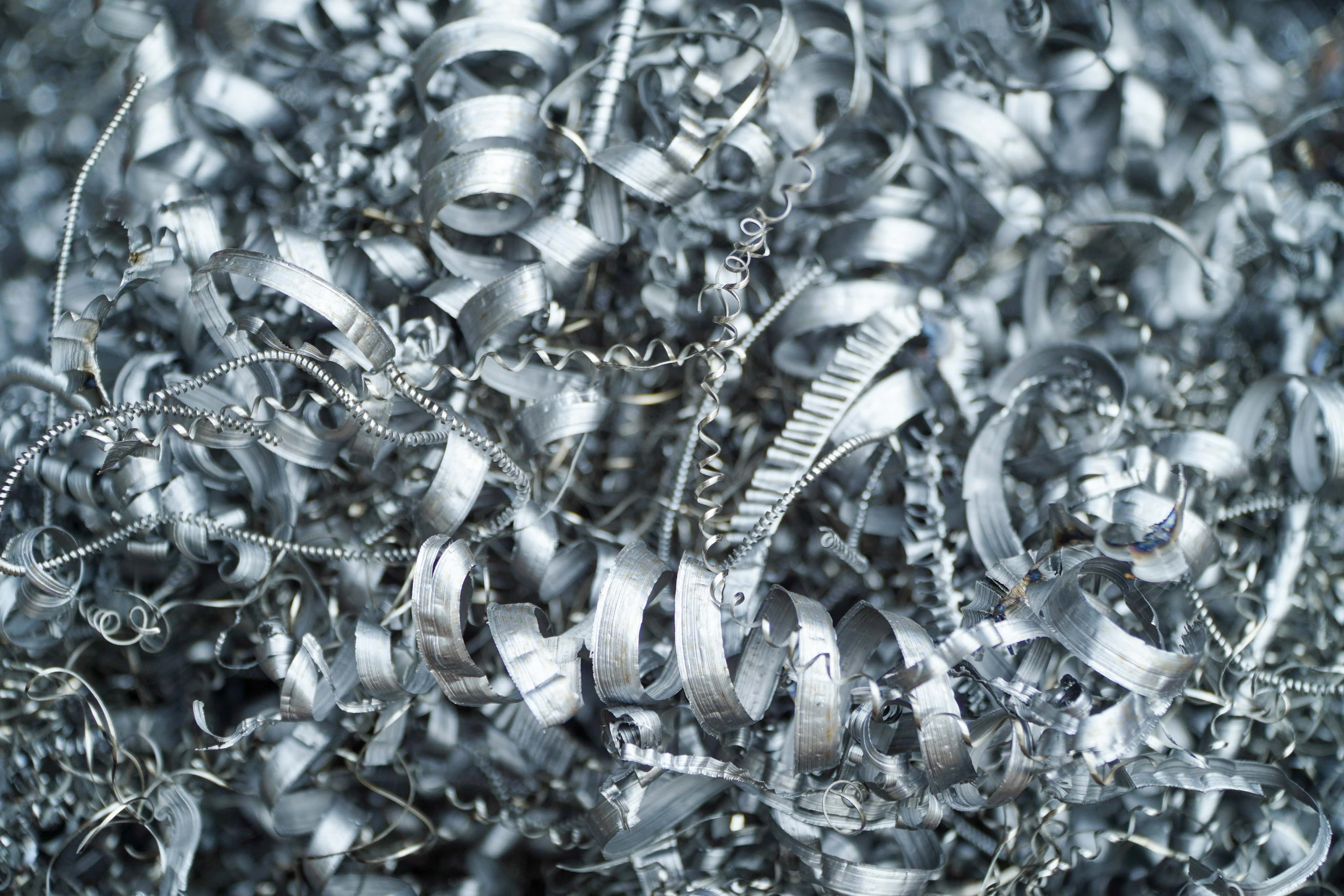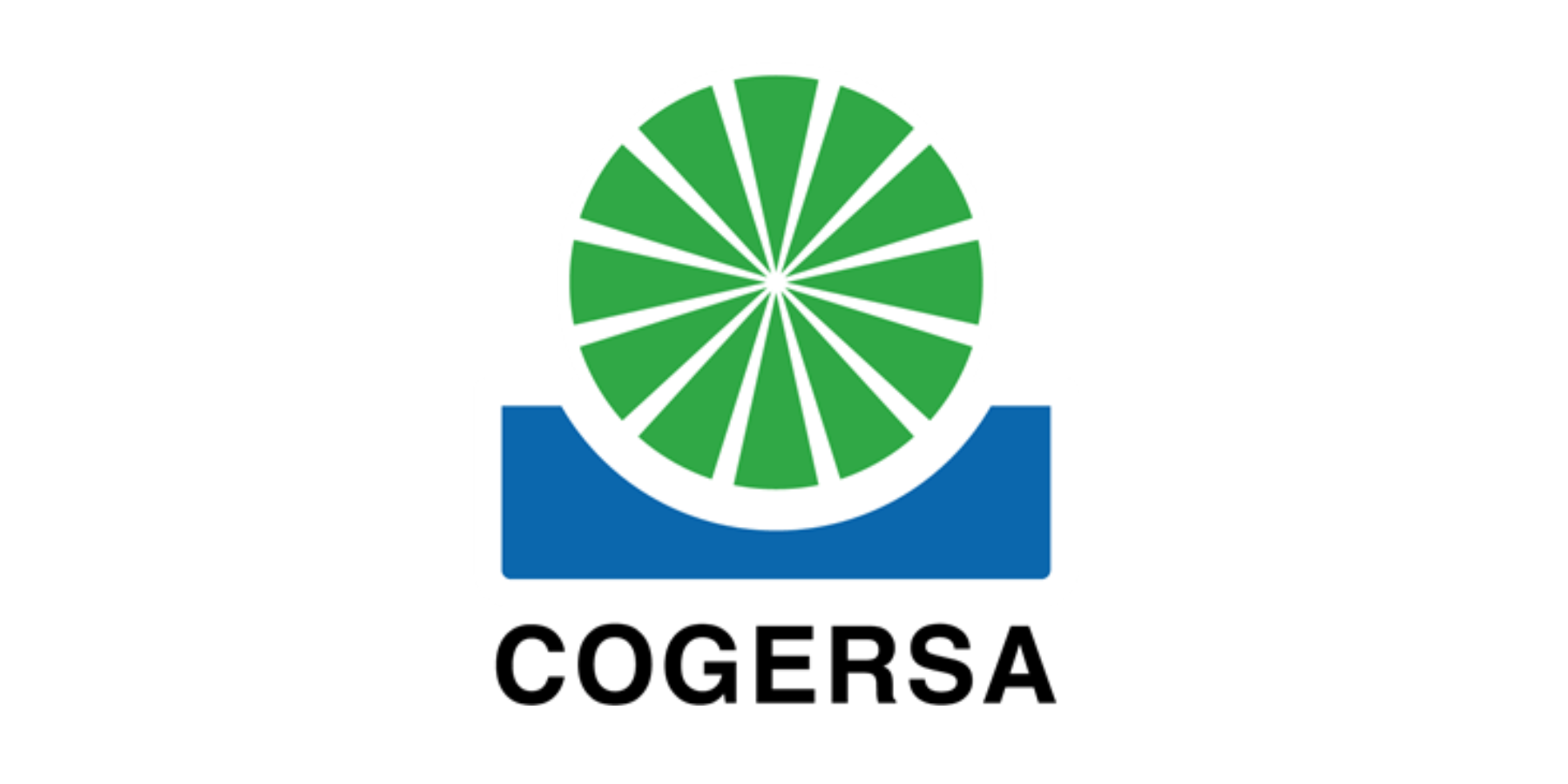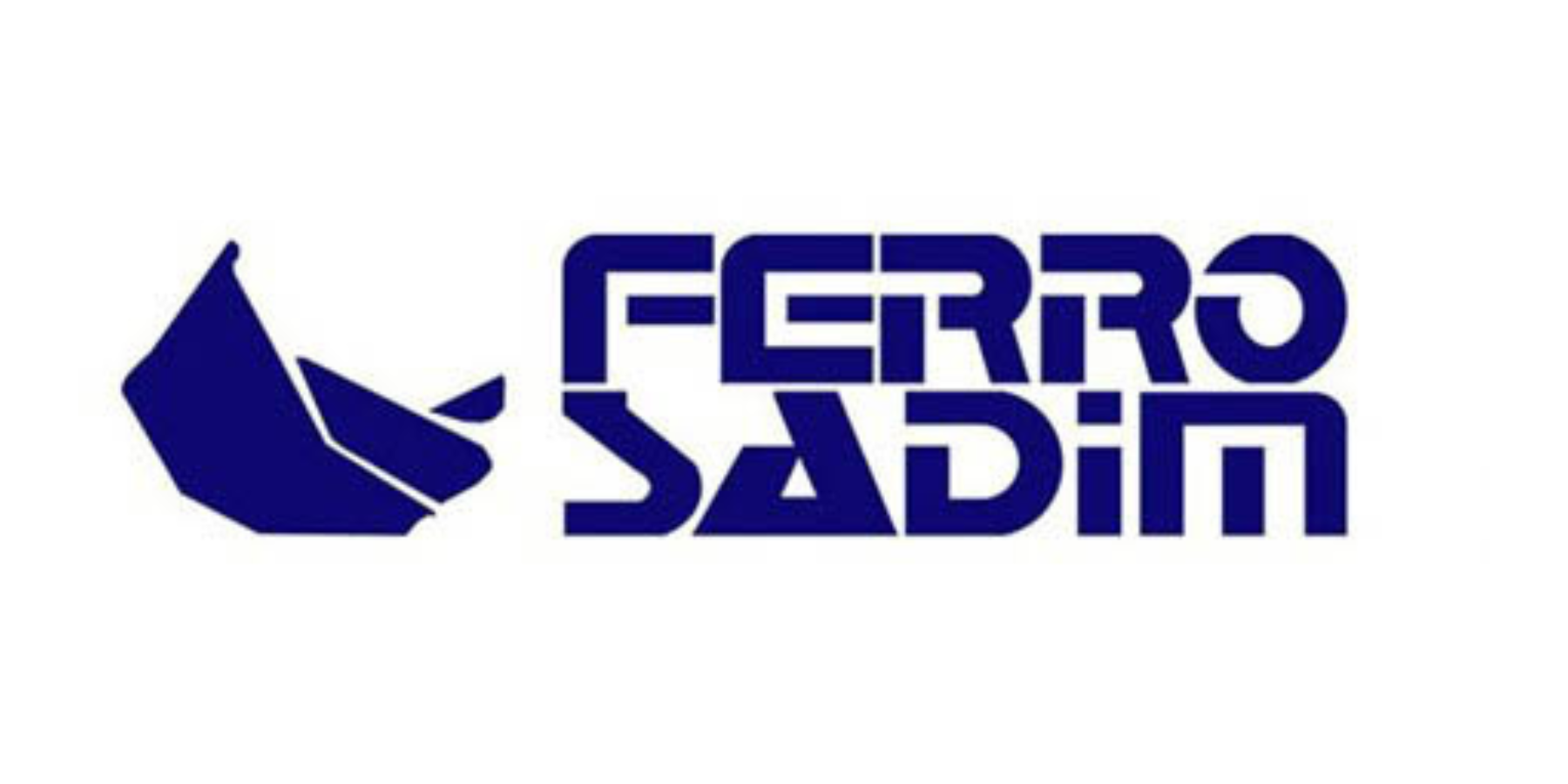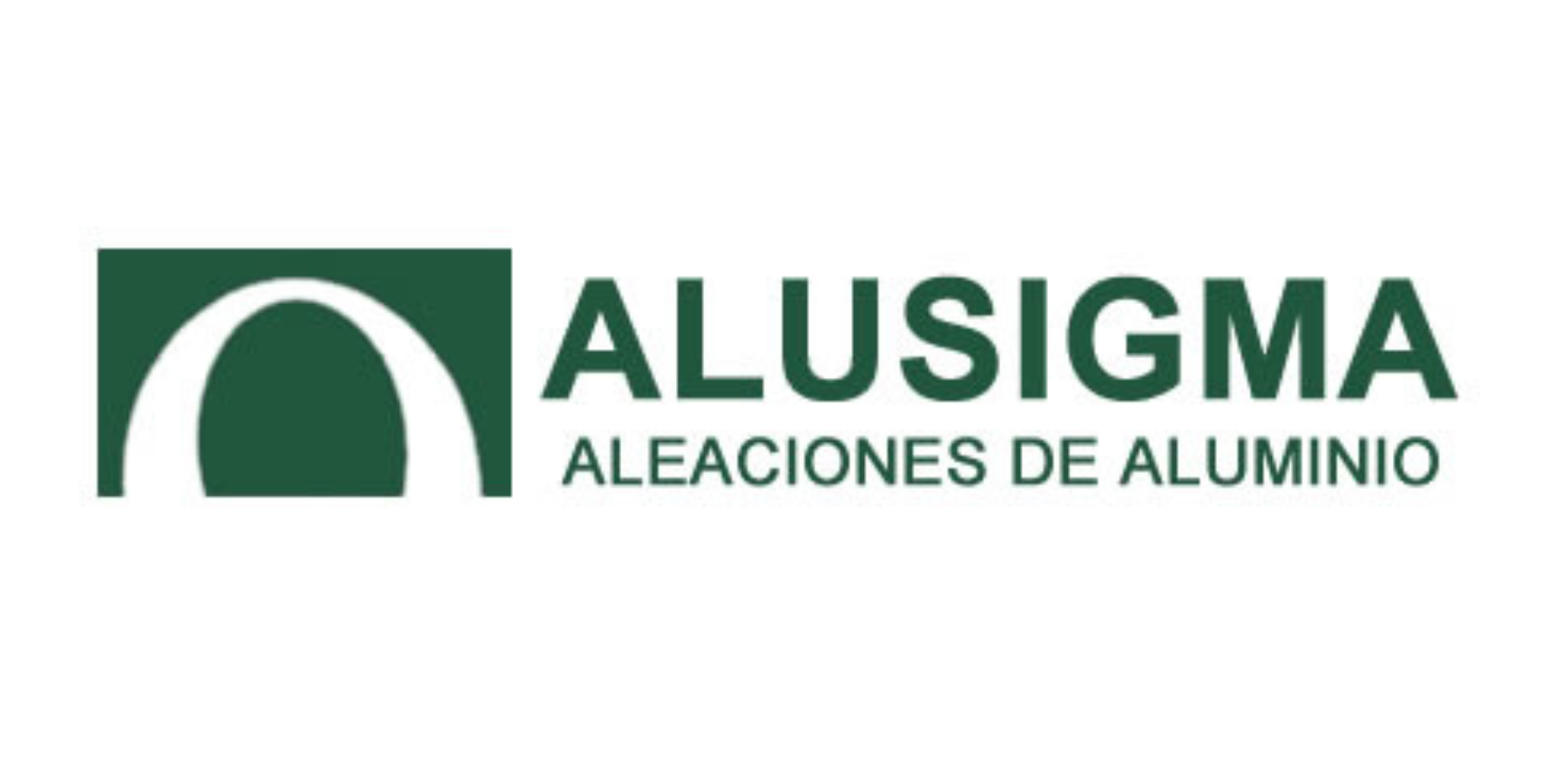Pre-treatment of aluminium salt slag and Si-rich waste
How the process works
Salt slag is a solid waste generated in large quantities by the secondary aluminium industry (~0.5 tons of salt slag per ton of recycled aluminium produced). By 2027, it is estimated that more than 13 million metric tons of salt slag will be generated worldwide. The European Catalogue of Hazardous Waste (2001) classifies salt slag as a toxic and hazardous. However, its aluminium-rich composition makes salt slag a potential candidate for zeolite synthesis. Bearing in mind that the objective of Z-ONA4LIFE is to recycle salt slag by transforming it into zeolite, and given the salt slag only provide aluminium, but not the silicon required to adjust the Si/Al ratio in the chemical composition of the zeolite, the addition of silicon-rich wastes is required.
When working with waste materials, it is essential to obtain representative samples that mitigate the intrinsic heterogeneity characteristic of such materials. To achieve this, it is first necessary to subject the waste to various pre-treatment processes, which facilitate the acquisition of samples that accurately reflect the overall composition. These pre-treatments are crucial in ensuring that the samples collected provide reliable data for further analysis and decision-making.
In the laboratory of the MEDES group at the IETcc-CSIC, a series of waste pre-treatment tests are carried out. The first step is the crushing and subsequent separation into representative fractions using an automatic sample splitter. The homogenisation of the samples, a very important step in the process, is performed by means of a 3D mixer. Obtaining representative homogeneous samples is a critical aspect in order to minimise heterogeneity and discrepancies in subsequent testing.
After fractionation and homogenisation, the wastes are characterised using different techniques such as X-ray fluorescence (XRF) and X-ray diffraction (XRD) to determine its chemical and mineralogical composition. In addition, a granulometric classification study is carried out to analyse the phase distributions (chemical and mineralogical composition) in the different fractions.
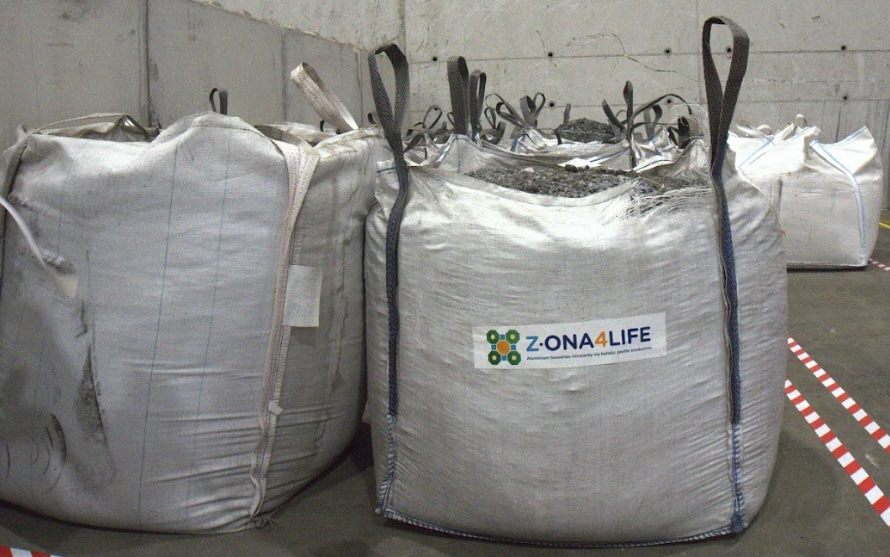
Z-ONA4LIFE Salt Slag at the Alusigma facilities
The use of salt slag in the production of Z-ONA zeolite is challenging due to its high salt content (sodium chloride, NaCl), which must be removed before it can be used as a raw material. A key step in the development of the project is to remove this salt content through a hydrolysis process. This requires a laboratory research study to determine the optimal conditions for the hydrolysis process.
Once the hydrolysis process has been completed, the hydrolysed slag, the gases generated and the brine produced will be thoroughly characterised. These data are fundamental for the progress of the Z-ONA4LIFE project, as they are essential for the design of the pilot plant for the large-scale production of Z-ONA zeolite (Stage 2) and for the recovery of by-products from the brine (Stage 3).
